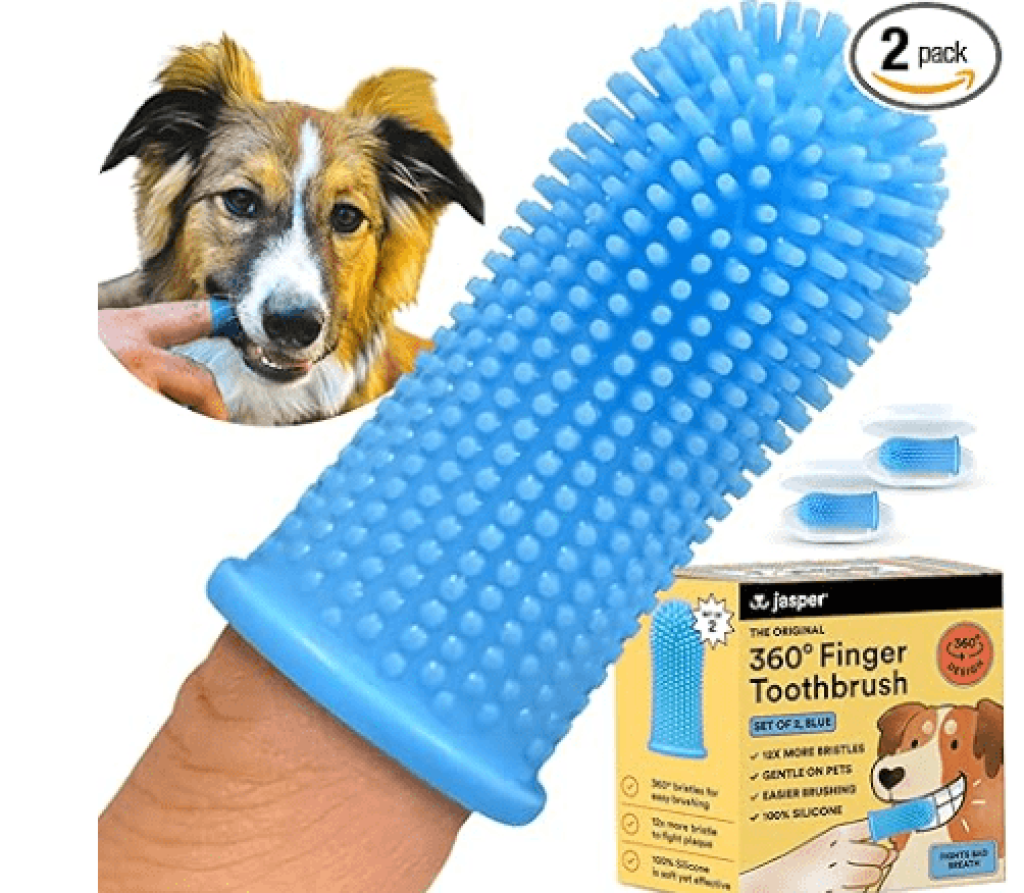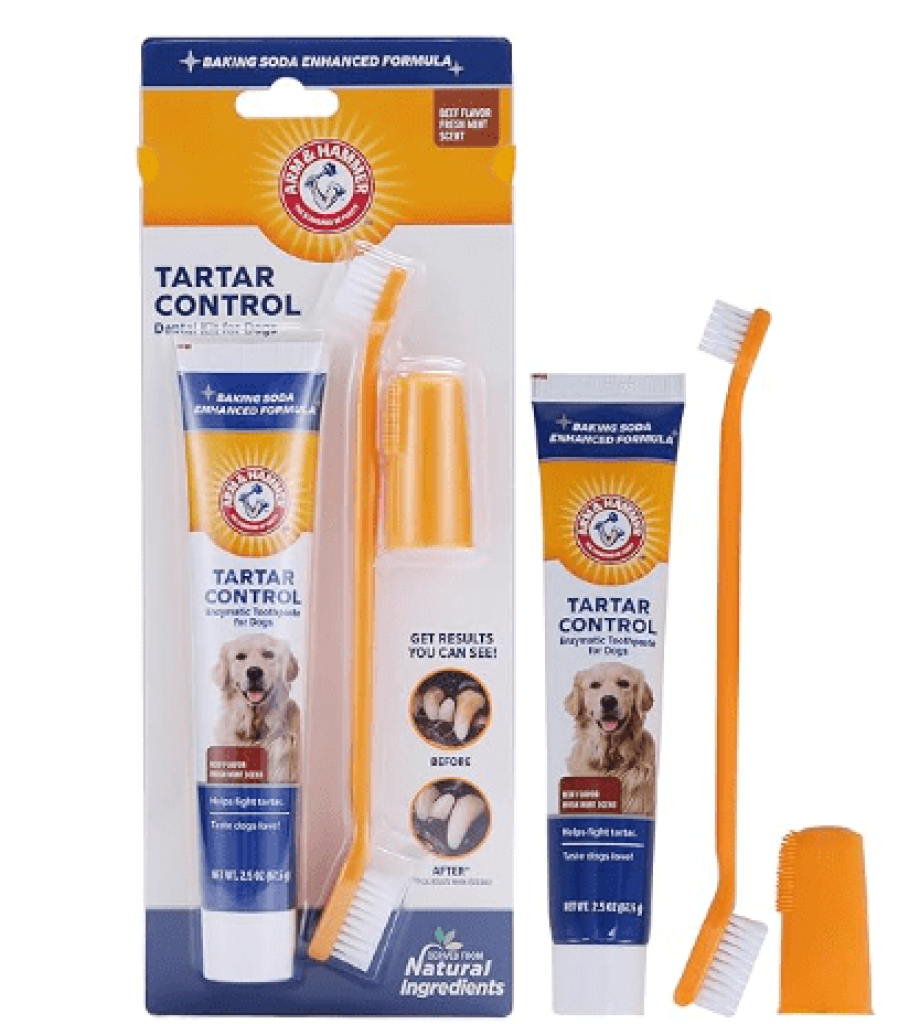
Epulis tumors are one of the most common oral tumors in dogs, especially in brachycephalic (short-nosed) breeds such as boxers. The tumor is often small and appears on the gums. Epulis tumors are not rooted and have a cauliflower-like stem. Their surface may be smooth or slightly wavy. Although rare in cats, they can be a cause for concern in dogs, especially certain breeds.
Epulis Tumors in Dogs
Summary of Types, Symptoms, Diagnosis & Treatment
Fibromatous Epulis
- Most common type
- Benign, slow-growing
- Appears in premolars (upper jaw)
- Composed of fibrous tissue
- Simple removal usually sufficient
Acanthomatous Epulis
- Aggressive & malignant
- Most dangerous type
- Rapid growth, deep penetration
- Common in lower jaw/canine teeth
- Requires immediate intervention
Symptoms
- Excessive salivation
- Bad breath
- Bleeding from mouth
- Jaw asymmetry
- Enlarged lymph nodes
- Lump on gums/muzzle
Treatment Options
- Surgery: Main treatment, removal of tumor
- Radiation therapy: For malignant tumors or incomplete removal
- Jaw surgery: For aggressive tumors (acanthomatous)
Prevention
- Regular dental checkups
- Good oral hygiene
- Brushing dog’s teeth regularly
- Screening for high-risk breeds
- Monitoring brachycephalic dogs
Types of Epulis Tumors
Epulis tumors are divided into three main types: fibromatous, ossifying, and acanthomatous. Each of these types has different characteristics and behaviors that affect diagnosis and treatment.
Fibromatous tumors are one of the most common types of epulis in dogs. This type of tumor usually appears in the premolars (small molars) and most commonly in the upper jaw on the gums.
Fibromatosis is often a benign tumor that grows slowly and rarely invades surrounding tissues or jawbone. Fibromatosis tumors are composed of fibrous tissue and are flat or slightly twisted in appearance. These tumors usually do not require extensive surgery and can be treated with simple removal. However, if not treated promptly, they may cause gum deformities and make it difficult for the dog to eat and chew. Ossifying Epulis is distinguished from other types of epulis by its bony characteristics. This type of tumor usually involves the growth of bony masses that can invade the jawbone, causing bone loss and damage to adjacent teeth.
Bone tumors may be firmer than fibromatous tumors and can be felt as hard, bony bumps on an oral exam. If left untreated, this type of tumor can destroy surrounding tissue and cause more serious problems, such as tooth loss or jaw deformity. Surgery to remove the tumor is usually effective, but in advanced cases, more complex surgeries may be needed, such as removing part of the jaw or using additional methods such as radiation therapy. Acanthomatous Epulis is an aggressive and malignant type of Epulis and is considered the most dangerous type of this tumor.
Acanthomatous is most often seen in the lower jaw and around the canine teeth and grows rapidly. Unlike the other two types, this tumor is highly aggressive and can penetrate deep into the oral tissues and jawbone. Since this tumor spreads rapidly, it requires immediate intervention. The main treatment for acanthamoeba is surgery, but because the tumor is so aggressive, it may be necessary to remove part of the jaw to completely remove the tumor. In some cases, radiation therapy may also be used as an adjunct option to reduce the chance of the tumor coming back.
Traveling with a pet: Important tips and advice before you go
In general, all three types of Epulis tumors have different characteristics that make their diagnosis and treatment different. Early detection and appropriate intervention can help improve your dog’s oral health and prevent more serious complications.
Epulis tumors can cause a variety of symptoms depending on their type and size. These symptoms may go unnoticed in the early stages, but as the disease progresses, the symptoms become more prominent. Some common symptoms include:
- Excessive salivation
- Bad breath
- Bleeding from the mouth
- Jaw asymmetry
- Enlarged lymph nodes
- A lump or bump on the gums or muzzle
These symptoms are indicative of oral tumors and should be checked by a veterinarian. Especially if a lump is growing rapidly or if there is a change in the shape of the jaw and teeth, it is important to seek immediate diagnosis and treatment.
Diagnosis of Epulis Tumor in Dogs
To accurately diagnose an Epulis tumor, your veterinarian will first perform a full oral examination. In cases where the tumor has invaded the jawbone, radiological imaging or a CT scan may be needed for a more detailed examination. In addition, taking a biopsy sample of the tumor and sending it to a pathology laboratory can provide accurate information about the type of tumor and its severity. Features of Safe Toys for Puppies
Treatment of Epulis Tumor
Treatment for Epulis tumors can vary depending on the type and size of the tumor. In cases where the tumor is small and non-invasive, simple surgery may be enough to remove the tumor. However, in more malignant cases, such as acnomatous tumors, more extensive surgery may be required, such as removing part of the jaw or using radiation therapy to prevent the tumor from coming back.
Surgery
Surgery is the main treatment for Epulis tumors. Depending on the type of tumor and its location, your veterinarian may remove the tumor along with surrounding tissue. In some cases, jaw surgery may be needed to completely remove malignant tumors.
Radiation therapy
For malignant tumors or tumors that cannot be completely removed, radiation therapy can help shrink the tumor and prevent it from growing back. This treatment is usually used in advanced cases.
Preventing Epulis Tumors in Dogs
While the exact causes of Epulis tumors are not fully understood, there are some things you can do to help prevent the development or progression of these tumors. Some prevention strategies include: - Regular dental checkups by your veterinarian to identify oral problems early
- Maintaining good oral hygiene by brushing your dog’s teeth regularly
- Screening for high-risk breeds and paying special attention to oral changes in brachycephalic dogs
Epulis tumors, especially in dogs, can cause serious oral and jaw problems. Awareness of the clinical signs and early detection of these tumors can lead to faster and more successful treatment. Prompt treatment and attention to your pet’s oral health can prevent the spread of malignant tumors and improve the animal’s quality of life.




